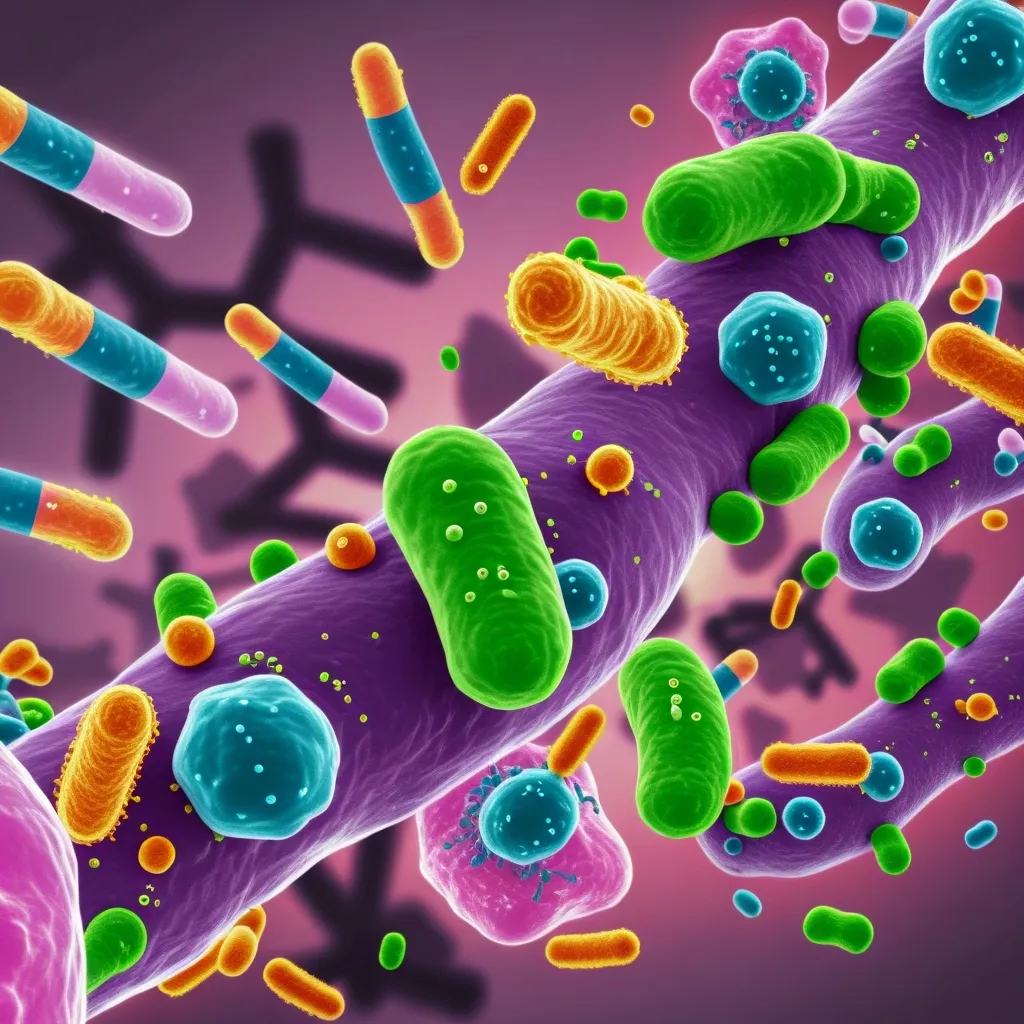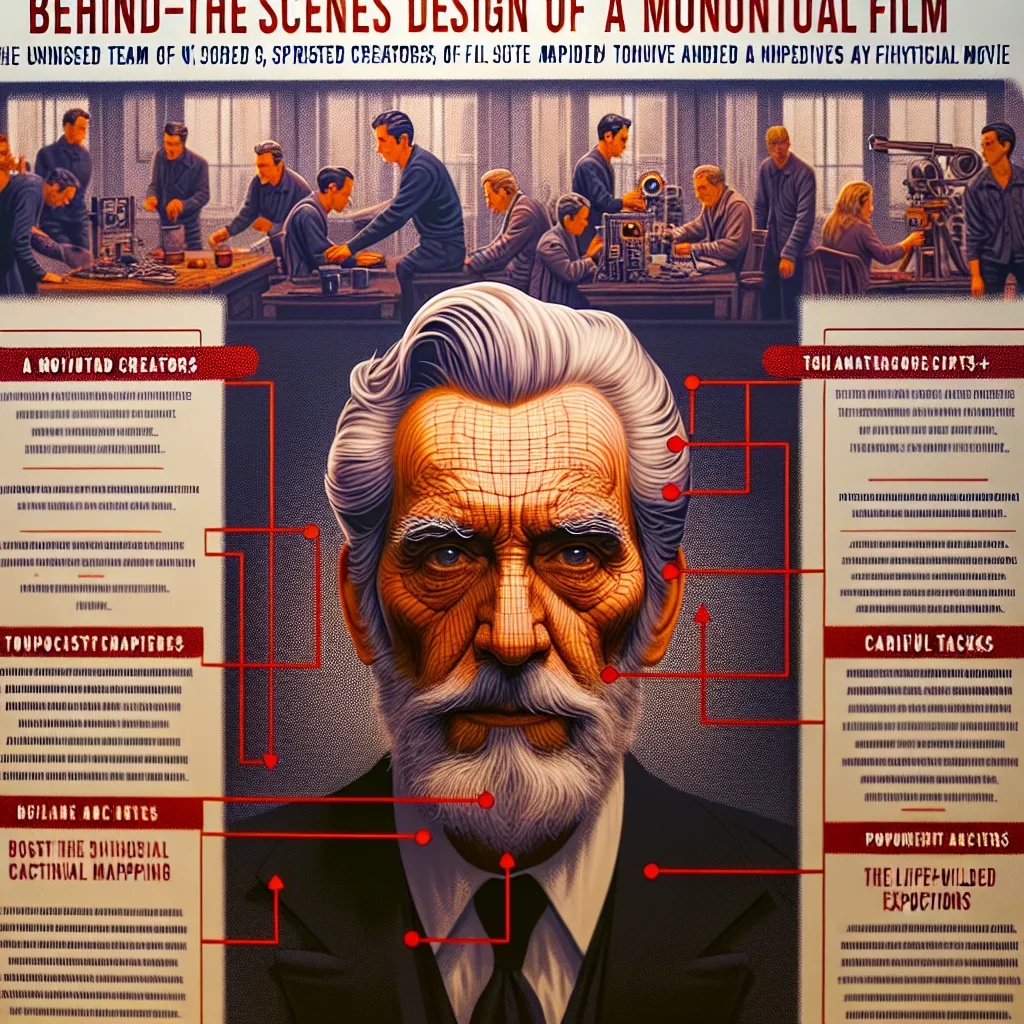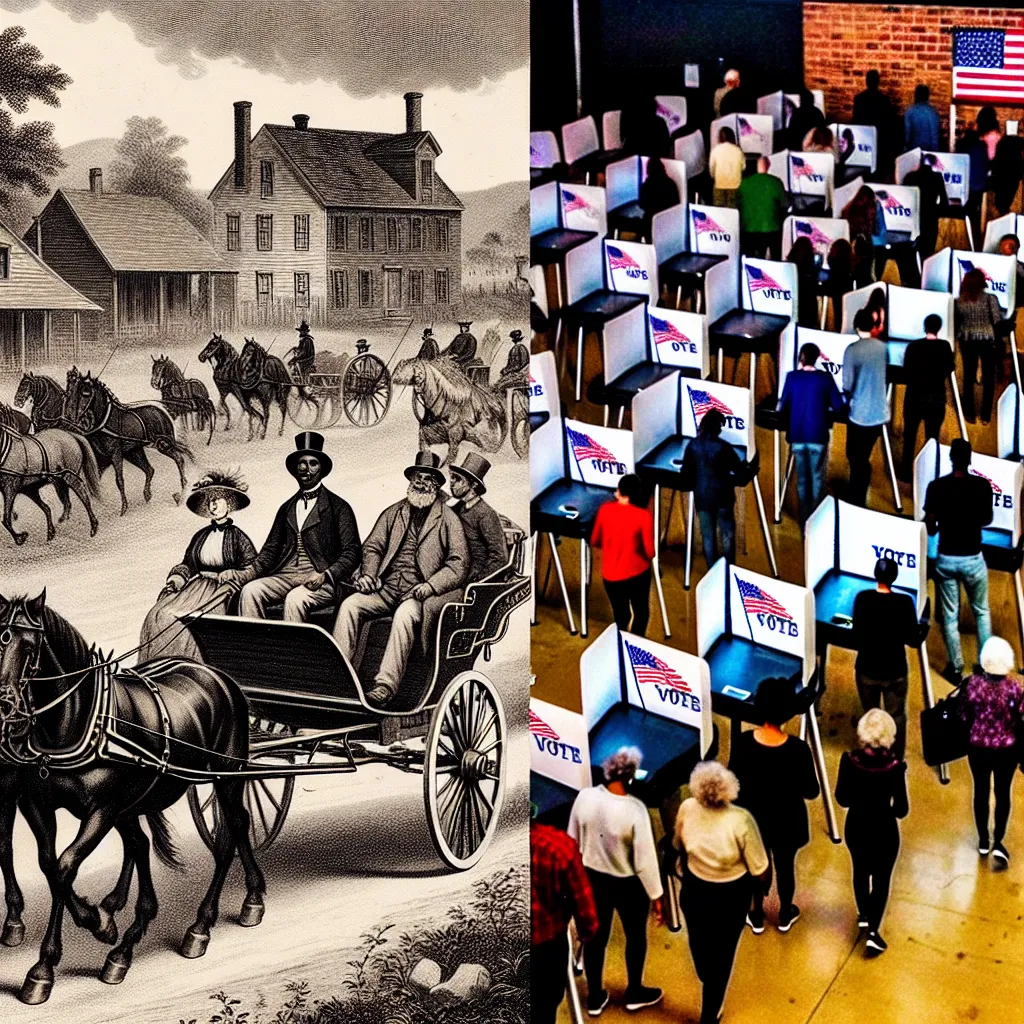Antibiotic Resistance: The Silent Pandemic Threatening Global Health
Imagine a world where a simple cut could lead to a deadly infection. A world where routine surgeries become life-threatening gambles. This isn’t the plot of a sci-fi movie - it’s the reality we’re facing due to antibiotic resistance.
Antibiotic resistance is like a stealthy ninja, silently creeping up on us while we’re distracted by more immediate health concerns. But make no mistake, this silent pandemic is one of the biggest threats to global health we’ve ever faced.
So, what exactly is antibiotic resistance? Well, it’s pretty much what it sounds like. It’s when those pesky bacteria, viruses, parasites, or fungi decide they’ve had enough of our drugs and figure out how to survive them. It’s like they’re evolving their own tiny bulletproof vests against our medical artillery.
Now, you might be thinking, “Surely this isn’t a new problem?” And you’d be right. Antibiotic resistance has been around for a while. But here’s the kicker - it’s been accelerating faster than a cheetah on roller skates in recent years. Why? Because we’ve been popping antibiotics like they’re candy.
Let’s break it down. In human medicine, antibiotics are often prescribed when they’re not needed or not used correctly. It’s like using a sledgehammer to crack a nut. Sure, it might work, but it’s overkill and causes unnecessary damage. For example, if you’ve ever been given antibiotics for the flu (which is caused by a virus, not bacteria), that’s contributing to the problem.
But it’s not just us humans who are to blame. The agricultural sector is also a major player in this antibiotic resistance game. Farmers often use antibiotics not just to treat sick animals, but to prevent disease and promote growth in livestock. It’s like they’re creating tiny, antibiotic-resistant superheroes in our food chain.
And let’s not forget about the environment. It’s not just sitting on the sidelines in this fight. Pollution from pharmaceuticals, agriculture, and healthcare, along with good old municipal waste, is helping those resistant microbes thrive and spread. It’s like we’re inadvertently creating a theme park for antibiotic-resistant bugs.
The global impact of this resistance is nothing short of terrifying. In 2019 alone, about 1.27 million deaths were directly linked to drug-resistant infections. That’s more than the population of Dallas, Texas! And if we don’t get our act together, this number could skyrocket to 10 million deaths annually by 2050. That’s like losing the entire population of New York City every year.
But it’s not just about the death toll. The economic costs are equally jaw-dropping. The World Bank estimates that by 2050, we could be looking at an additional $1 trillion in healthcare costs. And that’s not all - we could see GDP losses ranging from $1 trillion to $3.4 trillion per year by 2030. That’s like wiping out the entire economy of Germany every year!
The health consequences of antibiotic resistance are far-reaching. It’s not just about making infections harder to treat. It complicates everything from surgery to caesarean sections to cancer chemotherapy. Take multidrug-resistant tuberculosis (MDR-TB), for example. This nasty form of TB thumbs its nose at the two most effective first-line TB drugs. Treating it requires expensive and toxic second-line drugs, which aren’t always available, especially in poorer countries.
And just when we thought things couldn’t get worse, along came COVID-19. The pandemic has been like fuel to the fire of antibiotic resistance. With increased antibiotic use and strained healthcare systems, we’ve seen a surge in antibiotic-resistant infections. In the U.S., some of these infections peaked in 2021 and are still higher than pre-pandemic levels.
But it’s not just humans who are suffering. Animals and plants are feeling the heat too. In agriculture, antibiotic-resistant infections in animals can lead to reduced yields and increased costs for farmers. It’s like trying to run a restaurant where half your ingredients keep going bad.
The environment is also taking a hit. Pollution from pharmaceuticals and agricultural runoff can contaminate water, soil, and air, allowing resistant microbes to spread like wildfire. And when severe weather events like storms and floods overwhelm wastewater treatment plants, it’s like opening the floodgates for these resistant microbes to party in our communities.
So, what can we do about this looming disaster? Well, the first step is to use antibiotics more judiciously. We need to treat these drugs like the precious resource they are, not like all-you-can-eat buffet tickets. Healthcare professionals need to prescribe antibiotics only when necessary and in the right dosage and duration. And in agriculture, we need to limit antibiotic use to treating infections rather than promoting growth.
We also need to adopt a “One Health” approach. This fancy term basically means recognizing that human, animal, and environmental health are all interconnected. It’s about improving water, sanitation, and hygiene, and implementing strong regulations to control the sale and distribution of antibiotics.
Surveillance and monitoring are crucial too. We need to keep a close eye on these sneaky resistant microbes. The World Health Organization (WHO) and other global health agencies are working hard to enhance surveillance coverage worldwide. They’re like the secret agents in this war against antibiotic resistance.
International cooperation is key in this fight. The Global Leaders Group on Antimicrobial Resistance, made up of world leaders and experts, is working to accelerate political action and ensure responsible and sustainable access to antimicrobials. It’s like forming an Avengers team to fight antibiotic resistance.
Funding is another critical aspect. The AMR Multi-Partner Trust Fund supports countries in implementing national action plans through a One Health approach. This fund finances catalytic, coordinated policy advice, technical assistance, and capacity-strengthening programs. It’s like crowdfunding, but for global health.
But here’s the thing - we can’t just leave it to the experts. We all have a role to play in this fight. We need to use antibiotics responsibly, only when prescribed by a healthcare professional, and complete the full course of treatment as directed. It’s like finishing your vegetables - not always fun, but necessary for good health.
We can also support policies that promote responsible antibiotic use in agriculture and advocate for better sanitation and hygiene practices in our communities. Every little action counts in this battle.
The future of healthcare is at stake if we don’t address antibiotic resistance effectively. The lack of new antimicrobial discoveries is making the problem worse. It’s like we’re running out of weapons in our medical arsenal.
Immediate interventions are necessary to prevent a post-antibiotic era where common infections become deadly. We need better surveillance, fewer over-the-counter antibiotics, and stronger legislation. It’s a complex issue that requires a comprehensive and coordinated response from healthcare professionals, policymakers, and the general public.
In conclusion, antibiotic resistance is a silent pandemic that threatens global health, economic stability, and environmental sustainability. It’s a problem that’s been brewing for years, but it’s reaching a boiling point. We need to act now, before we find ourselves in a world where a simple infection could be a death sentence.
The fight against antibiotic resistance isn’t just a medical challenge - it’s a societal one. It requires collective action and responsibility. We all need to do our part, whether that’s using antibiotics responsibly, supporting sustainable farming practices, or advocating for better healthcare policies.
Remember, every time you take an antibiotic, you’re not just treating your infection - you’re potentially influencing the future of global health. So let’s use these powerful tools wisely and ensure that antimicrobials remain effective for generations to come. After all, in the fight against antibiotic resistance, we’re all in this together.






